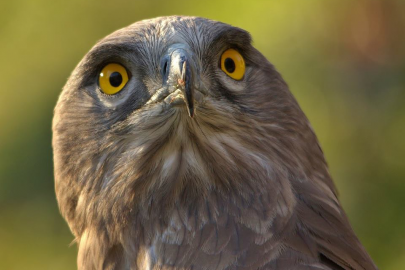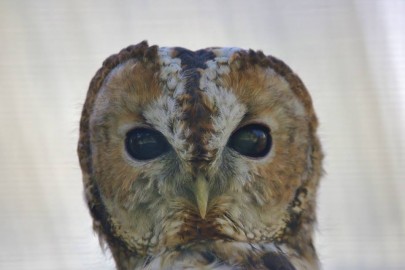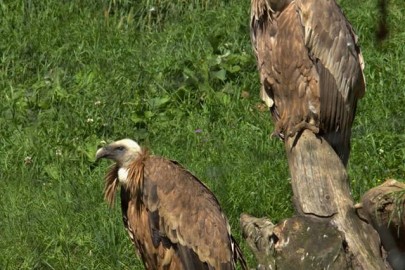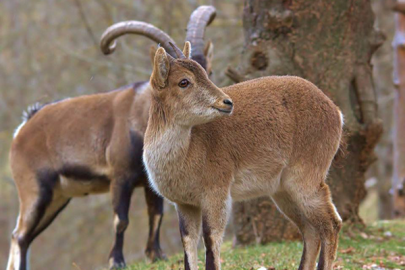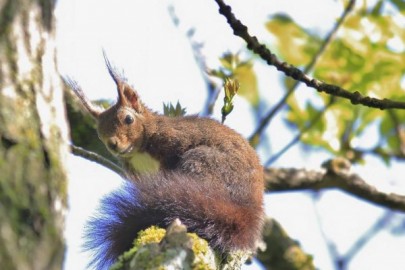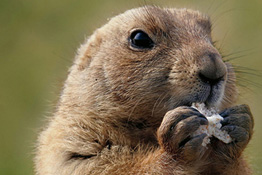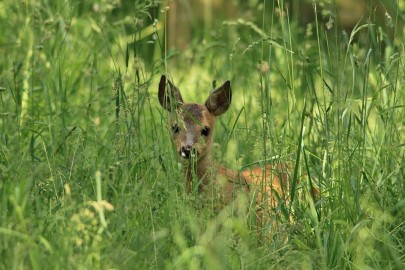THE BUZZARD Scientific name: (Buteo Buteo) Along with the kestrel, buzzard is one of the most abundant prey species and common in our area. We can easily see branches of trees or on telephone poles near roads. PHOTO GALLERY PHOTO GALLERY ... Read More...
Archives
NIGHT BIRDS ... Read More...
VULTURE-NECRÒFOGUES- Live and death Scientific name:: (Gyps fulvus) The bodies of dead animals attract the interest of a large number of carnivorous vertebrates, mammals and birds. There are many birds that use this trophic resource. Of the 25 species of diurnal raptors, 17 scavengers have ... Continue reading habits in the TECHNICAL DETAILS: VULTURE ... Read More...
THE WILD GOAT Balanced and agile Scientific name: (Capra pyrenaica) A wonderful animal with big sabre-like antlers which disappeared from the Pyrenees at the beginning of the last century. They live on the steepest slopes of the mountains thanks to their extraordinary agility. They are in heat between November and January, their gestation ... Read More...
SQUIRREL Social and friendly Nom científic: (Sciurus vulgaris) Scientific name: (Sciurus vulgaris) Popular, agile and charming, this rodent lives its life mainly in the trees, with daytime habits and active during the whole year. It is in heat between January-April and June-August, its gestation period lasts between 40 and 60 days and the number ... Read More...
THE MARMOTS Mountain milestone sentinel plots Scientific name: (Marmota marmota) They can only be seen in the spring and summer, as this animal hibernates between the months of November and April. Roaming freely in the Park, they live in colonies and they are the sentinels of our mountains, as they whistle when in danger. ... Read More...
THE ROE DEER Stylish and discreet Scientific name: (Capreolus capreolus) This animal is much smaller than the red deer and they have modest antlers, but they are much more common in the woods. They are an agile and elegant guest of the mid-range mountains. They are in heat during the summer (July and ... Read More...


